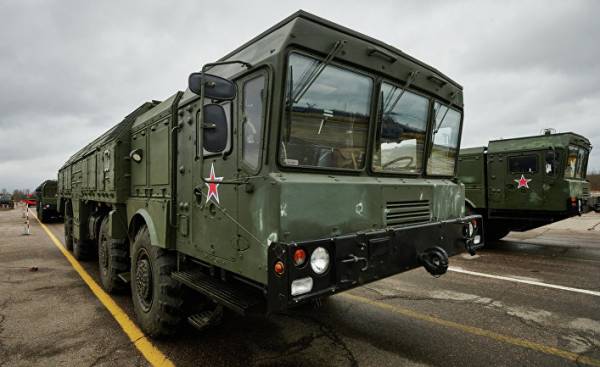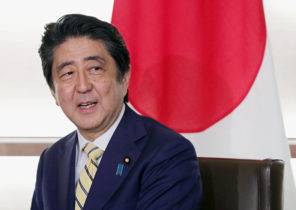
Geopolitical and strategic understanding between Russia and China has become one of the most important aspect of international relations in recent years. The axis of Beijing-Moscow is strengthening in the field of Economics, policy and trade that leads to the death of the unipolar model that the United States supported after the end of the cold war.
The combination of the new Eastern turn of Russia Vladimir Putin, backed by the refusal of the West’s interaction with Moscow, with the expansion of the geopolitical prospects of China in the last five years and the stability of the strategic vision of Vladimir Putin and XI Jinping have led to the gradual construction of the real reason multipolar system: China and Russia do not like each other, but pragmatically related to each other for important economic reasons, ranging from tactical commonality of views on many important issues to the overall strategic vision, based on the desire to create not permeable to Washington’s sphere of influence. Important and ambitious starting point for this is the project “New silk way”.
In the basis of Russian-Chinese relations, there are some elements of structural instability, which could in the long run to call the real crack. These partners can not achieve the complete, unwavering confidence. C this point is crucial, of course, the recent history of the two countries, given that for a long time in the twentieth century, Moscow and Beijing have taken sharply opposing positions. The water of the Amur river has long served as an insurmountable boundary, at which the armed forces of the Soviet Union and people’s Republic of China repeatedly opposed each other, often almost reaching the showdown. This “rust” — historically developed mutual distrust — partly explaining the surprising decision recently taken by the leadership of the Russian armed forces. The decision for the military buildup in the huge Eastern military district with rocket complexes “Iskander-M”. This tells the guy Popsci (Guy Plopsky) in the publication The Diplomat. According to him, Moscow has decided to place on the East Third missile brigade, formed in December 2016, in addition to three others already on the remote borders of Russia. It is about 20 minutes, the 103rd and 107th brigades, already equipped with a system of “Iskander-M”. Its range of 400-500 kilometers and is designed to combat the penetration of the penetration of the ground forces of a potential enemy.
The deployment of the missile brigade is miraculously focused on the threat from China, rather than containment of the mad actions of North Korea or trim United States forces in South Korea and Japan. In Primorsky Krai where the 17-kilometer border between Russia and North Korea — are deployed only 20-I missile brigade. In this 103-I, 107-I and the new third brigade stationed near the border with China and Mongolia.
Russia, despite a growing understanding with Beijing does not trust the emerging people’s Republic of China. She really is afraid to get the status of minority partner because of the significant demographic and economic differences. In this sense, the development of military activity for Russia is an opportunity to demonstrate that the issue of equipment weapons China is not yet ahead of its ally, despite the hasty preparation of Beijing to launch its own domestic arms production.
The decision of the General staff — one of the steps taken in recent years by Russia of measures to emphasize the inviolability of its borders and stop the possible “leap” of economic and political influence of China across the Amur river.
Large-scale exercises “Vostok”, which in 2014 took part more than 100 thousand Russian military, illustrated the situation.
Despite the fact that at the moment between the two States is good relations, Russia and China are yet to finally break the “glass barrier of mutual distrust”. The fact that the Kremlin continues to see in its key strategic ally of the potential — albeit remote — threatening, proves to strengthen the foundations of the modern multipolar world need a lot more work.







